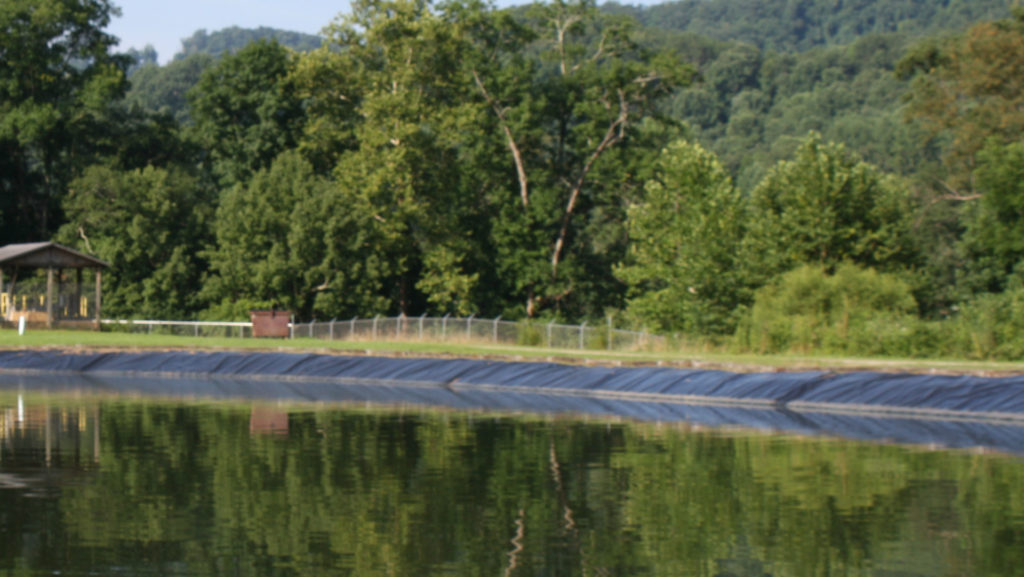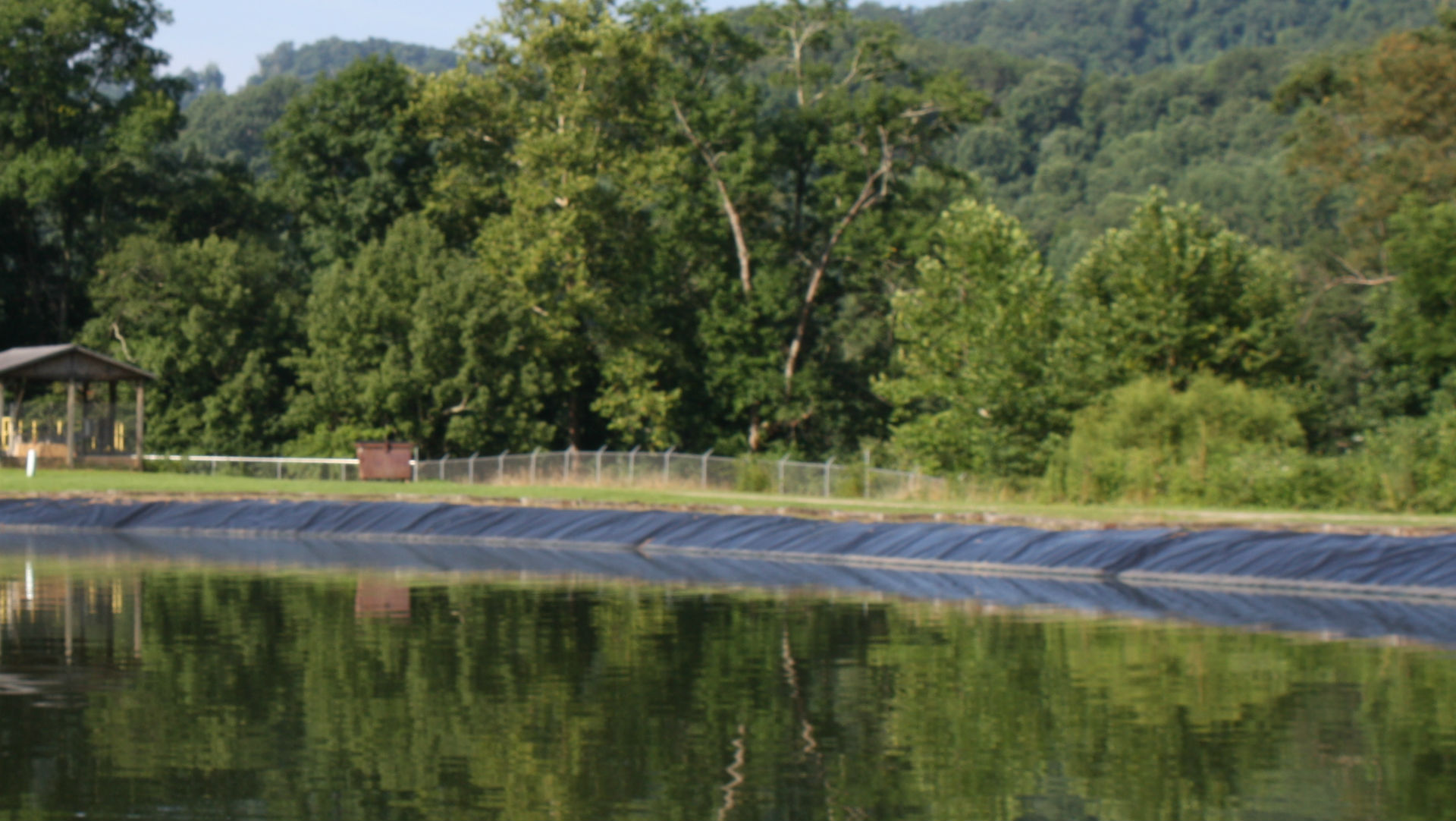
Summer ammonia removal via nitrification is less of a challenge for lagoons than cold weather ammonia removal, as nitrifying bacteria are temperature sensitive and thrive in warmer water. The interplay between algae and bacteria, dissolved oxygen, pH, and temperature determines the pathway and rate of nitrification. Watch our video, 6 Key Factors for Nitrification, then read below for tips on how a lagoon can be optimized for summer ammonia removal.
Nitrification is the most common way to biologically remove ammonia in wastewater lagoons. In this process, ammonia treatment occurs via bacteria already present in the water. These bacteria break down the ammonia and eventually promote the release of nitrogen gas into the atmosphere. The end result is that your wastewater lagoon ammonia is nitrified, resulting in lower ammonia levels in your effluent.
Wastewater Lagoon Ammonia Removal via Nitrification Requires:
- Healthy levels of dissolved oxygen (DO) in your lagoon—Wastewater lagoon nitrification consumes large quantities of oxygen. Just for reference, every pound of BOD oxidized consumes 1.5 lbs of O2. On the other hand, according to Metcalf & Eddy, every pound of ammonia oxidized consumes 4.57 lbs of O2. In order for lagoon nitrification to occur, a minimum working DO level of 2 mg/L is required and a DO level of 5 mg/L is optimal. As a result, you must ensure that your lagoon aeration system is properly sized and working efficiently and effectively enough to provide the necessary oxygen.
- BOD reduction—Nitrifying bacteria do not compete well against BOD-removing heterotrophic bacteria. For nitrification to take place, BOD levels must be sufficiently reduced in order to eliminate competition. Generally a BOD level of 20–30 mg/L is required before lagoon ammonia removal can occur.
- Lagoon pH of 7.5–8.0—Lagoon nitrification is pH-sensitive and ammonia treatment rates decline significantly at pH values below 6.8. Optimal lagoon nitrification rates occur at pH values in the 7.5 to 8.0 range. Most municipal wastewater lagoons will naturally have a pH in this range. However, industrial wastewater lagoons may vary, so be sure to monitor these levels closely.
- Sufficient lagoon water temperature—Similar to many other wastewater lagoon treatment processes, nitrification slows as water temperature decreases. Optimal temperature range for lagoon nitrification is 82 to 97° Fahrenheit. This is clearly unrealistic for most wastewater lagoons, but acceptable rates of lagoon nitrification can be achieved at or above 68° F.
- Adequate mixing—Ammonia can be released as a result of sludge accumulation being anaerobically digested at the bottom of the lagoon. Without sufficient lagoon mixing to prevent sludge buildup, ammonia effluent levels can actually end up being higher than that of influent. Ideally, it is recommended that sludge depths remain below 2 feet. Another adverse effect of a poorly mixed lagoon is short circuiting. This occurs when a basin becomes stratified, allowing influent flows to take a “short cut” through it by only moving through the top layer (or stratum) of the water. This lack of homogeneity results in reduced retention time for the water, and generally leads to poor overall treatment, including poor BOD and ammonia treatment. Additionally, robust mixing assists in the volatilization of ammonia, helping ammonia gas to escape to the surface.
- Biomass—Nitrifying bacteria are attached-growth organisms, so the more surface available for them to attach to, the more will grow.
Optimizing Summer Ammonia Removal
Warmer water temperatures are the biggest factor in a lagoon’s ammonia removal efficiency. In addition to adequate aeration and mixing, here are some tips to optimize nitrification:
- Control organic loading. Septage or Porta Potty wastes have high BOD and ammonia concentrations and can overwhelm your system.
- Watch your pH. Ammonia removal decreases significantly at a pH of 6.8 or lower, with the sweet spot for nitrification between 7.5–8.5. Algae growth in summer drives up pH.
- Run cells in series and recirculate. In Wastewater Lagoon Troubleshooting: An Operators Guide, lagoon expert Steve Harris recommends recirculating effluent from lower ponds to primary ponds to dilute incoming wastewater, add DO, and increase alkalinity.
According to Natural Wastewater Treatment Systems (Crites, Middlebrooks, and Reed), “Designing a lagoon system to nitrify a wastewater is not difficult if the water temperature and detention time are adequate to support nitrifiers and adequate dissolved oxygen is supplied.”
To ensure adequate dissolved oxygen and prevent the sludge buildup that can release ammonia back into your lagoon, trust Triplepoint’s Ares Aeration.
About Ares Aeration®
Triplepoint’s Ares Aerator® combines the mixing capabilities of coarse bubbles with the superior oxygenation of fine bubbles in a modular, portable unit. Ares diffusers provide:
- Robust mixing—Coarse bubbles are released at the bottom of the static tube, creating a draft that pulls water and liquefied organic matter up from the floor, thoroughly churning and circulating the entire water column to keep solids in suspension and prevent sludge accumulation.
- Efficient aeration—Fine bubble diffusers surround the static tube maximize oxygen transfer efficiency while minimizing energy consumption.
- Easy installation—Self-weighted and portable, Ares aerators are quickly installed from the surface with no system downtime.
- Low maintenance—Ares have no submerged moving parts to clog or malfunction. The anti-fouling design, with self-checked diffusers and self-cleaning EPDM membranes, means maintenance is kept to a minimum.
- Energy efficiency—Ares aerators are 30–50% more energy efficient than surface aerators, reducing energy demands and expense.
Year-Round Ammonia Removal
Cold climate lagoons that can achieve sufficient biological ammonia removal during the summer may struggle in the winter and require an upgrade or a tertiary nutrient-removal process.
Triplepoint’s NitrOx® System allows municipalities—in all climates—to meet ammonia effluent limits in any weather. It integrates into the existing lagoon infrastructure to minimize capital and operational costs.

